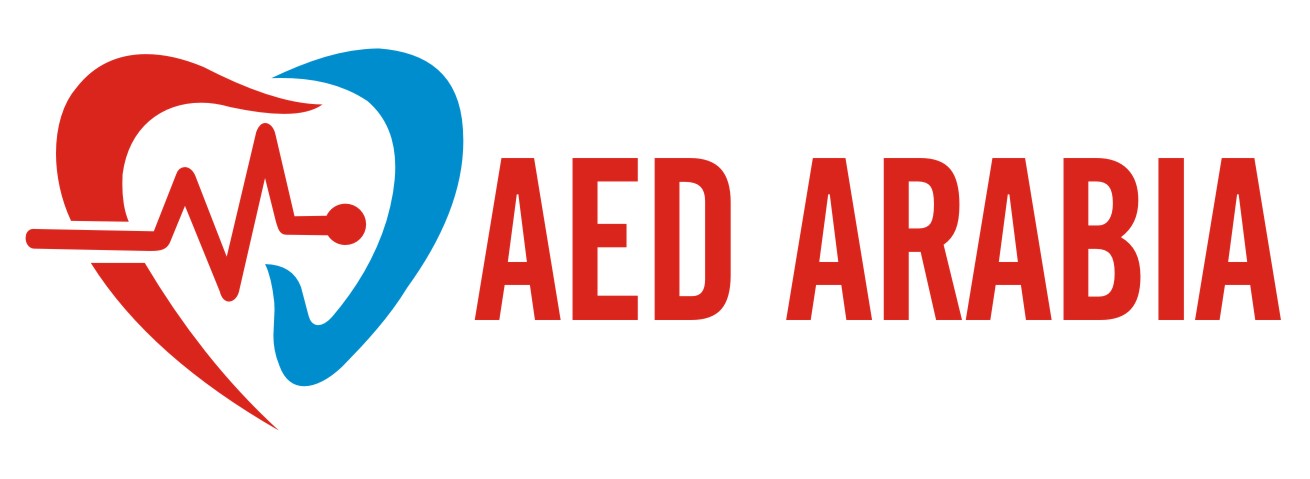- Your cart is empty
- Continue Shopping
Special Considerations When Using an AED
- AED Machines
- Posted on
-
by wllehjmy

In emergency situations, an Automated External Defibrillator (AED) can be a true lifesaver. These portable devices are designed to deliver electric shocks to individuals experiencing sudden cardiac arrest, restoring normal heart rhythms and increasing the chances of survival.
However, while AEDs are relatively straightforward to use, there are several special considerations that individuals must be aware of to ensure their safe and effective application.
Environmental Considerations
1. Avoid Flammable or Combustible Materials
When using an AED, it is crucial to select a safe location free from flammable or combustible materials, such as gasoline or other volatile substances. The electrical discharge from the AED could ignite such materials, posing a serious hazard to both the rescuer and the victim.
2. Metal Surfaces
AEDs are generally safe to use when the person is lying on a metal surface. However, it’s essential to prevent the AED pads from making direct contact with the metal surface, as this can interfere with the electrical conductivity needed for proper defibrillation.
3. Water Hazards
Under no circumstances should an AED be used if the person is in or near water. Water and electricity do not mix, and using an AED in wet conditions can lead to device malfunction or electrical shock. It is crucial to keep the AED dry and ensure the victim is in a safe, dry location before application.
4. Weather Conditions
AEDs are designed to function in all weather conditions. However, providing a dry environment whenever possible is recommended. If the environment is wet, take the necessary precautions to remove the person’s wet clothing and thoroughly dry the chest before applying the AED pads.
Person-Specific Considerations
1. Pregnant Women
Using an AED on a pregnant woman is considered safe and should not harm the unborn child. In fact, timely AED application can significantly increase the chances of survival for both the mother and the baby. When dealing with cardiac arrest in pregnant women, remember that two lives are at stake.
2. Individuals with Pacemakers or ICDs
For individuals with pacemakers or Implantable Cardioverter Defibrillators (ICDs), it is essential to adjust the placement of the AED pads to avoid direct contact with the implanted device. Healthcare professionals should be trained to identify the presence of a pacemaker or ICD.
3. Transdermal Medication Patches
Before applying AED pads, check for and remove any transdermal medication patches, such as nitroglycerin patches, that may be on the person’s skin. When removing these patches, always wear gloves to minimize exposure to any medication residue.
4. Thick Chest Hair
In cases where the person has a notably thick chest hair, it is essential to ensure proper pad-to-skin contact for effective defibrillation. If necessary, quickly shave the areas where the AED pads will be placed to promote optimal electrical conductivity.
Conclusion
In the critical moments following a sudden cardiac arrest, an AED can make the difference between life and death. However, to maximize its effectiveness and ensure safety, it is essential to consider environmental factors and individual circumstances.
By adhering to these special considerations, you can be better prepared to use an AED responsibly and effectively, ultimately increasing the chances of saving a life. Remember, with the right knowledge and quick action, you have the power to be a hero in an emergency.
If you are looking to buy an AED Defibrillator machine in Saudi Arabia (KSA). AED Arabia offers a wide range of AED Defibrillator Machines with best online prices. Our expert sales team can recommend the best AED Machines for your need and answer all your questions.
For more details on international shipping to other countries in the region including UAE, Bahrain, Oman, Qatar, and Kuwait please contact us at inquiry@aed-arabia.com.
